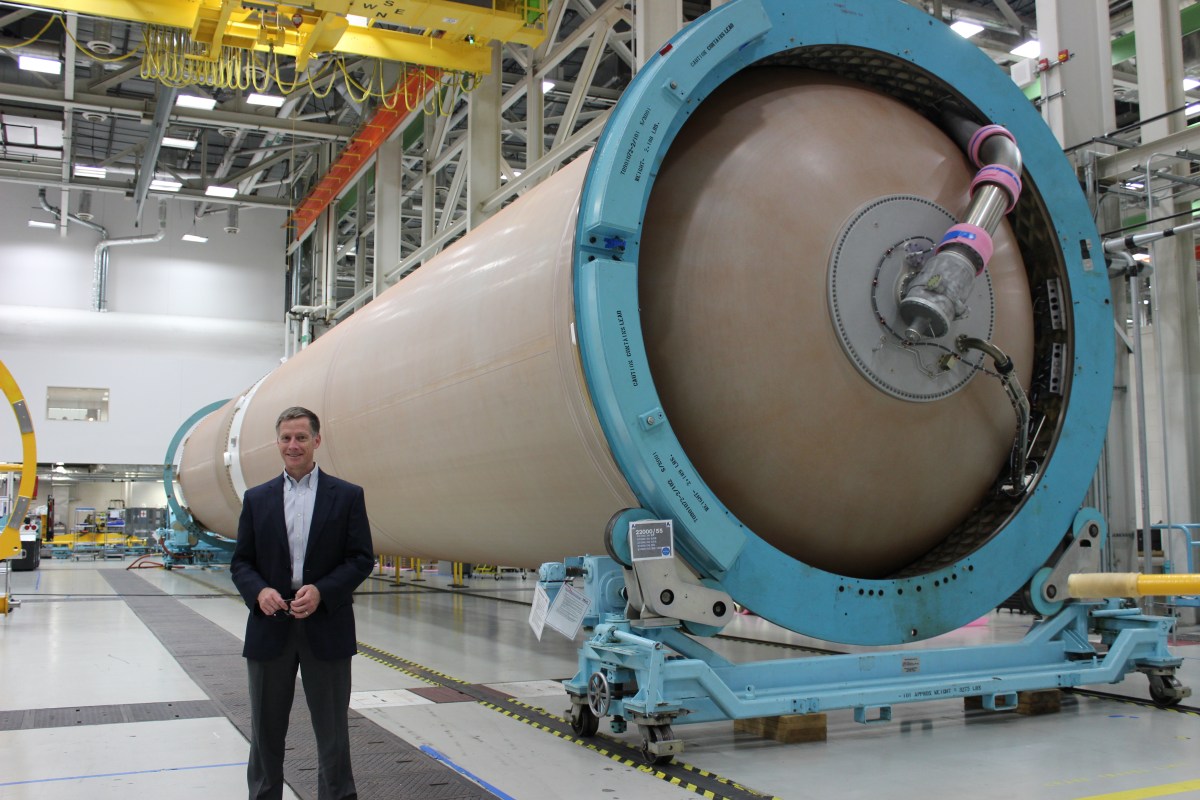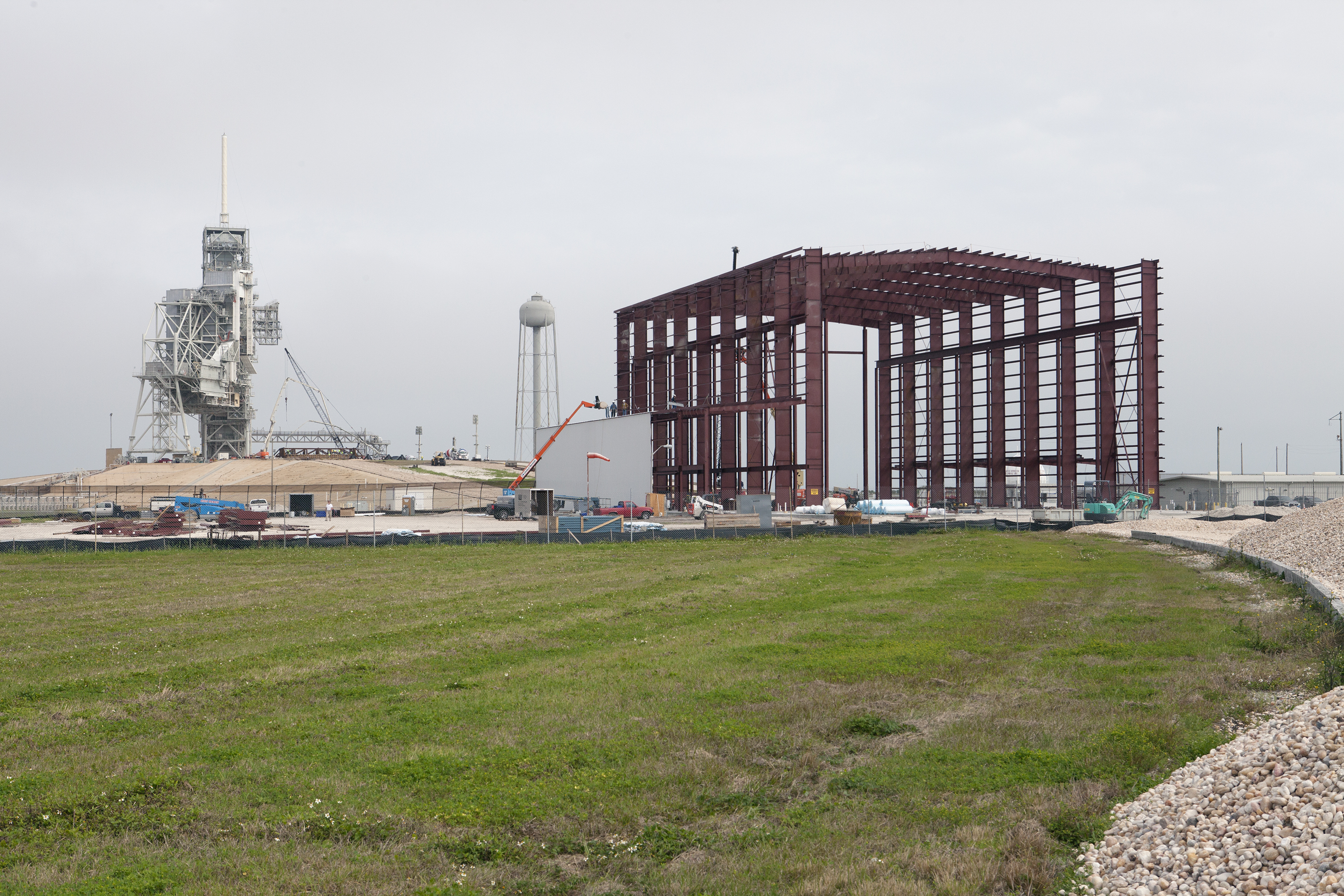Former International Space Station commander and space shuttle astronaut Mike Fincke is part of the team working toward launching people again from American launch pads along Florida’s Space Coast on research missions to the station. The orbiting laboratory is a one-of-a-kind scientific platform built for microgravity research relating to fields of biology, technology and materials science. One more person on the station will allow the orbiting team to double the amount of crew time dedicated to research there to 80 hours a week. By carrying a fourth astronaut, for a total of seven crew members, NASA will be able to utilize the station to its fullest potential.
By working with the commercial aerospace industry, NASA is able to focus on sending astronauts deeper into space than ever before with the Orion Spacecraft and Space Launch System. How cool is that?



 Space Act Agreement with Sierra Nevada Corporation (SNC). The company’s Design Analysis Cycle-6 Closeout Review will demonstrate the advancement of the Dream Chaser Space System from a Preliminary Design Review level of maturity toward a Critical Design Review level. While the new milestone is unfunded, NASA and SNC continue to benefit from each other’s technical expertise. The amendment also extends the partnership through March 2016.
Space Act Agreement with Sierra Nevada Corporation (SNC). The company’s Design Analysis Cycle-6 Closeout Review will demonstrate the advancement of the Dream Chaser Space System from a Preliminary Design Review level of maturity toward a Critical Design Review level. While the new milestone is unfunded, NASA and SNC continue to benefit from each other’s technical expertise. The amendment also extends the partnership through March 2016.
 Their tail numbers are AV-073 and AV-080 and they are two of the Atlas V rockets expected to make history when they launch Boeing’s CST-100 on a pair of flight tests to set the stage for operational flights in the future carrying astronauts to the International Space Station. The first flight will not carry anyone but will perform orbital checkouts to prove the CST-100 systems. The second flight is to have people aboard and run a mission profile similar to the ones NASA will ask for when it begins regular Commercial Crew missions to the orbiting laboratory. Read the full story at
Their tail numbers are AV-073 and AV-080 and they are two of the Atlas V rockets expected to make history when they launch Boeing’s CST-100 on a pair of flight tests to set the stage for operational flights in the future carrying astronauts to the International Space Station. The first flight will not carry anyone but will perform orbital checkouts to prove the CST-100 systems. The second flight is to have people aboard and run a mission profile similar to the ones NASA will ask for when it begins regular Commercial Crew missions to the orbiting laboratory. Read the full story at 
